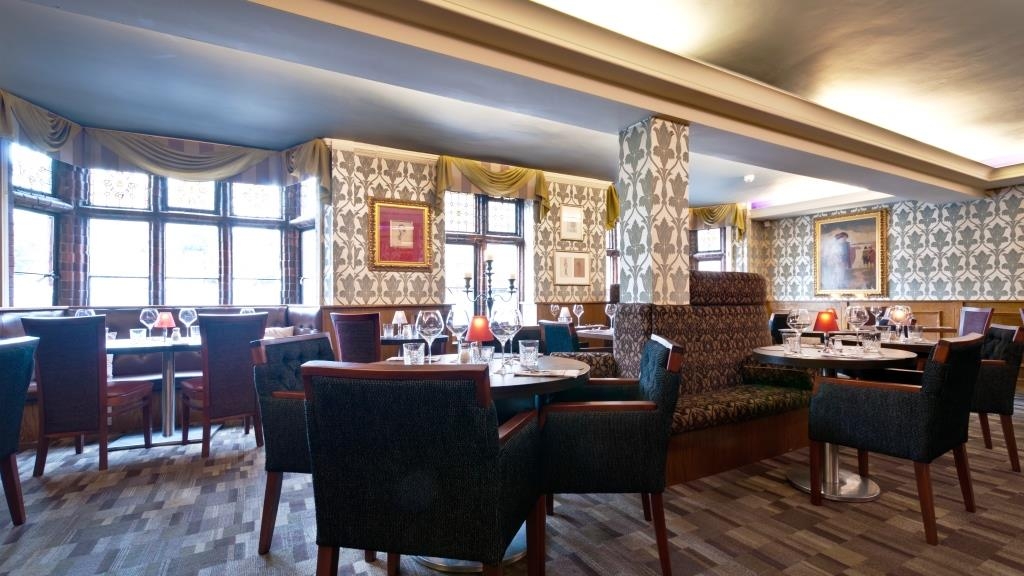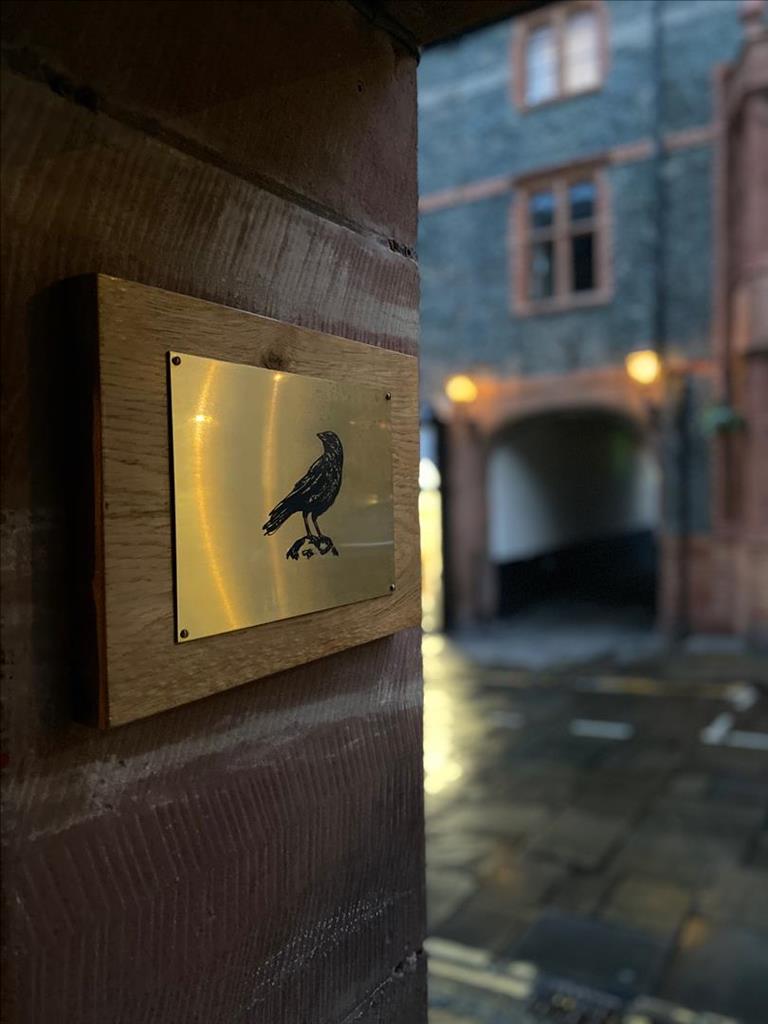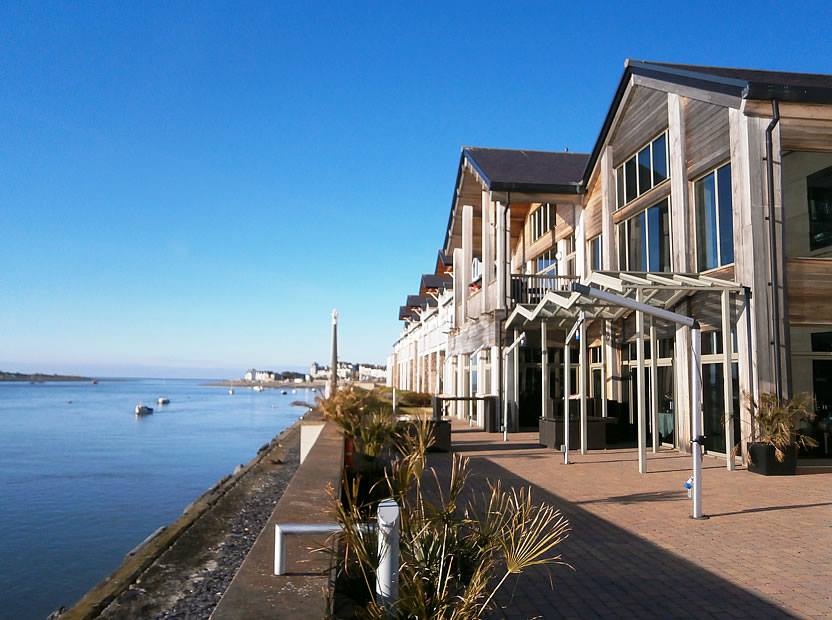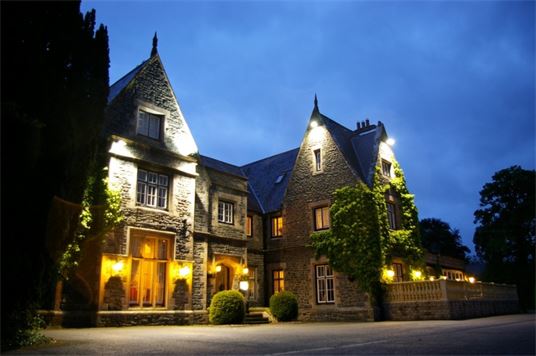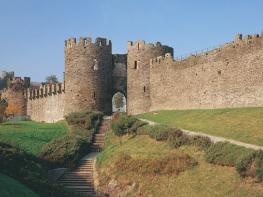This icon 16th-century hotel is one of Conwy's most distinguished buildings and offers a relaxed…
High on the crags of Tal y Fan

5 miles (8kms)
About the walk
When you’re driving along the A55 past Colwyn Bay, the first close-up views of Snowdonia reveal themselves across the Conwy Estuary. The peak that captures the eye here rises up behind Conwy Mountain and has just enough crags on top to ruffle its otherwise smooth whaleback outline. The mountain is Tal y Fan, an outlier of the Carneddau range, and the most northerly 2,000-footer (610m) in Wales. Now you can climb Tal y Fan from sea level, but there’s a peak-baggers’ route that begins from Bwlch y Ddeufaen 1,400ft (427m) up in the hills above the Conwy Valley. From here you can get the wonderful views of Snowdonia and the North Wales coastline, from Anglesey to Conwy and its castle, without the toil of a full day’s walk.
The road you walk is centuries old. Bronze and Iron Age tribesmen would have used it regularly, for they had large settlements all over the northern Carneddau. Great monoliths either side of the road give the pass, Bwlch y Ddeufaen (‘pass of the two stones’) its name. When you climb to the top of Tal y Fan you can see their settlements in plan, for here on a great, high plateau the Ordovices tribesmen could farm and watch out for their enemies.
The Roman invasion under Gnaeus Julius Agricola must have come as a shock to these primitive farmers. Between ad 75 and ad 77 the invaders set up forts at Segontium (Caernarfon) and Canovium (at Caerhun in the Conwy Valley). When the Roman cohorts marched into the hills they made the Bwlch y Ddeufaen road their own, undertaking improvements by surfacing it and adding mileposts. The Ordovices were defeated. Great forts like Caer Bach, on the southern slopes of Tal y Fan, were abandoned.
Today, Caer Bach lies beneath the turf and gorse, but with its earth ramparts and a circle of stones still visible. As you look down into the civilisation of the Conwy Valley you can drift back into time and those heartbreaking battles with the superior power. As the Roman Empire declined, the native tribes returned to Tal y Fan, tending sheep on the high northern plateau and growing crops on the steeper southern flanks. Looking down to the castle at Conwy you are reminded that although it would be Edward I of England who would come to conquer, it would take the land clearance and enclosure acts of the early 19th century to force the Welsh hill people away from their settlements.
Walk directions
From the car park at the top of the metalled section of the road to Bwlch y Ddeufaen, continue along the road, which is now unsurfaced, and follow it past the ancient standing stones to the high pass itself, where you go through a gate in a crossing wall.
Turn right and follow the course of the wall, across the pass under three lines of electricity pylons, and then up the steep, rocky slopes of Foel Lwyd. Ignore any stiles on the right. A narrow footpath continues, first descending then climbing to the even rockier summit of Tal y Fan.
Stay left of the stone wall to descend, sometimes straying further left to find more even ground. When the wall joins another from the right, continue straight ahead for about 350yds (320m) before crossing a ladder stile. Look for the gorse-covered mound of Caer Bach Fort.
From the remains of the fort, bear right through a metal gate to follow a wide grass track as it winds its way across high pastureland overlooking the Conwy Valley. On reaching a wall, turn right and continue on the grass track past several ladder stiles and gates in the intervening cross-walls.
The track passes beneath the whitewashed cottage of Cae Coch before reaching the road.
On reaching the Bwlch y Ddeufaen road at a sharp corner, go straight ahead along the road and follow it back to the car park.
Additional information
Cart tracks and narrow mountain paths, some stiles
Moor and mountain
Can be off the lead on high ridges, but should be kept under tight control on farmland
OS Explorer OL17 Snowdon / Yr Wyddfa
Free car park at end of Bwlch y Ddeufaen road, off B5106 Conwy–Llanwrst road
None on route
WALKING IN SAFETY
Read our tips to look after yourself and the environment when following this walk.
Find out more
Also in the area
About the area
Discover Conwy
The majority of the population of Conwy lives along its picturesque coastline, while a third of the county falls within jaw-dropping landscape of the Snowdonia National Park. The town of Conwy, which takes its name from the county (which in turn was named after the river that runs through it), is undoubtedly one of the great treasures of Wales.
Three fine bridges – Thomas Telford’s magnificent suspension bridge of 1822, Robert Stephenson’s tubular railway bridge, and a newer crossing – all stretch over the estuary beneath the castle, allowing both road and the railway into this medieval World Heritage Site. Pride of place goes to the castle, dating back to 1287.
Conwy is the most complete walled town in Britain, with walls measuring an impressive six feet in thickness and 35 feet in height. The walkway along the top offers splendid over-the-rooftop views of the castle, the estuary and the rocky knolls of nearby village of Deganwy. At the wall’s end, steps descend to the quayside where fishermen sort their nets and squawking seagulls steal scraps.
Nearby stays
Restaurants and Pubs
Nearby experiences
Recommended things to do
Why choose Rated Trips?
Your trusted guide to rated places across the UK
The best coverage
Discover more than 15,000 professionally rated places to stay, eat and visit from across the UK and Ireland.
Quality assured
Choose a place to stay safe in the knowledge that it has been expertly assessed by trained assessors.
Plan your next trip
Search by location or the type of place you're visiting to find your next ideal holiday experience.
Travel inspiration
Read our articles, city guides and recommended things to do for inspiration. We're here to help you explore the UK.


